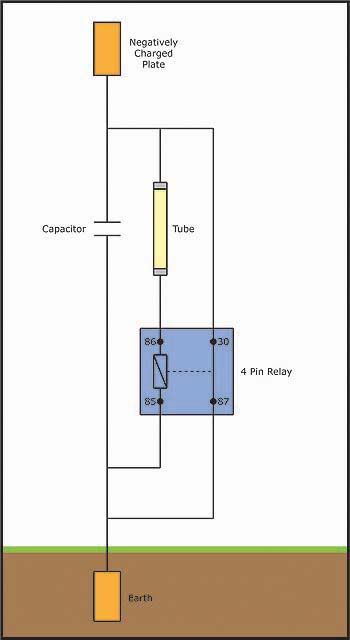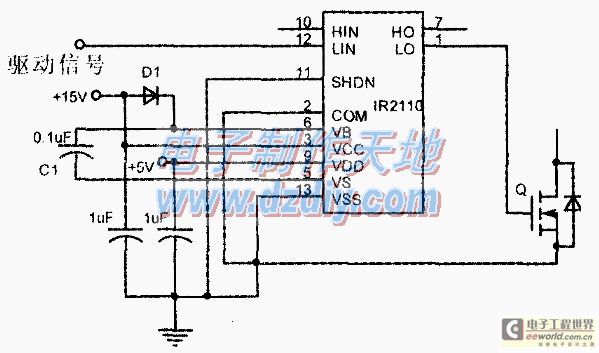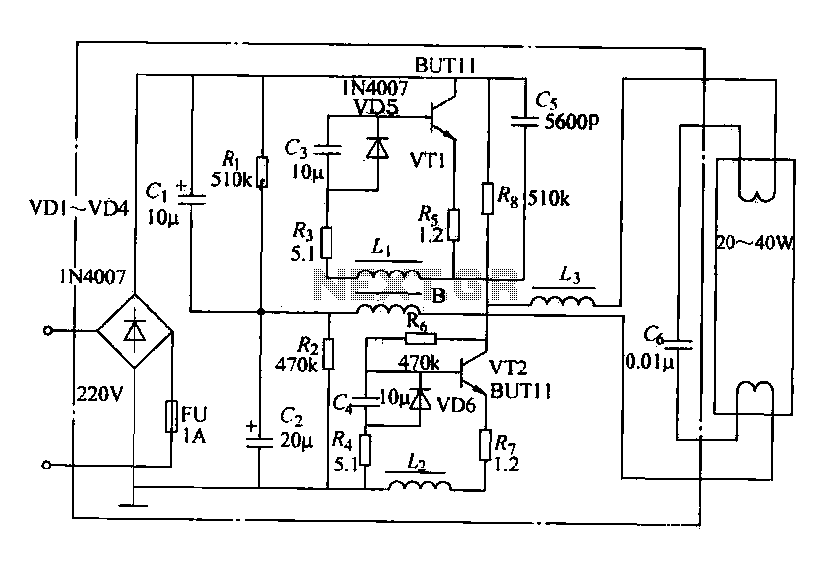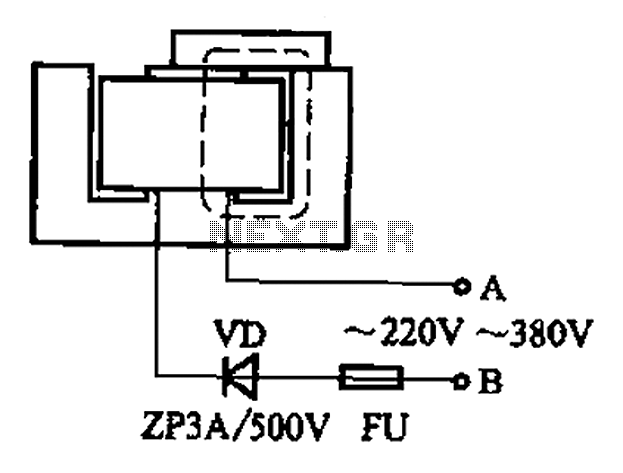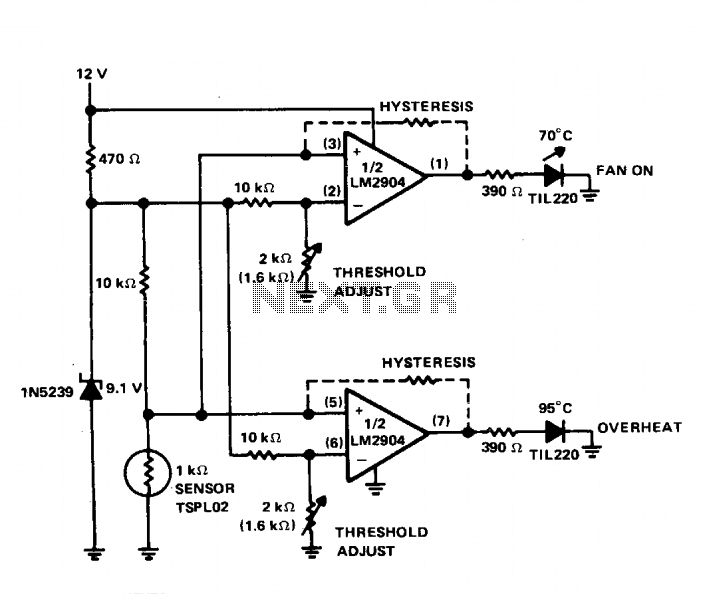
LV8741V PWM stepping motor driver electronic project circuit design
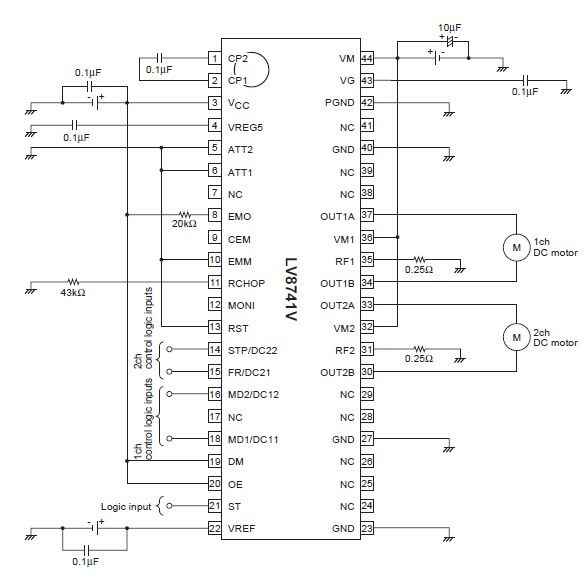
The circuit diagram illustrates an electronic project that requires a few external electronic components. The PWM current-control stepping motor driver IC can provide a maximum output current of up to 1.5 amperes. The configuration settings for the PWM current-control DC motor driver circuit are as follows: auto recovery-type output short-circuit protection function (EMM = Low), output enable function fixed to the output ON state (OE = High), current limit reference voltage setting at 100% (ATT1 = Low, ATT2 = Low), and a chopping frequency of 37 kHz (RCHOP = 43 kΩ).
This PWM current-control stepping motor driver circuit is designed to effectively manage the operation of a DC motor by modulating the power supplied to the motor based on pulse-width modulation (PWM) techniques. The core functionality of the integrated circuit (IC) is to provide precise control over the motor's speed and torque by adjusting the duty cycle of the PWM signal.
The maximum output current rating of 1.5 amperes indicates that this driver can handle a range of small to medium-sized motors, making it suitable for various applications in robotics, automation, and hobby projects. The incorporation of an auto recovery-type short-circuit protection mechanism (EMM = Low) ensures that the circuit can recover from fault conditions without manual intervention, enhancing reliability and safety during operation.
The output enable function (OE = High) keeps the output continuously enabled, allowing for immediate response when the circuit is powered on. This feature is crucial in applications where motor operation must commence without delay. The current limit reference voltage setting at 100% (ATT1 = Low, ATT2 = Low) ensures that the motor operates within safe current limits, preventing damage due to overcurrent conditions.
The chopping frequency of 37 kHz, determined by the resistor value (RCHOP = 43 kΩ), is critical for minimizing audible noise and ensuring smooth motor operation. This frequency is typically chosen to balance the need for efficient motor control with the avoidance of excessive electromagnetic interference and heat generation.
In summary, this PWM current-control stepping motor driver circuit is a well-designed solution for controlling DC motors, featuring essential protection mechanisms, reliable operational characteristics, and flexible configuration options to suit various applications.As you can see in the circuit diagram, this electronic project require few external electronic parts. The maximum output current that can be provided by this PWM current-control stepping motor driver IC is up to 1.
5 ampere. The setting conditions for the above PWM current-control DC motor driver circuit diagram are as follows : Auto recovery-ty pe output short-circuit protection function (EMM = Low), Output enable function fixed to output ON state (OE = High), Current limit reference voltage setting = 100% (ATT1 = Low, ATT2 = Low), Chopping frequency : 37kHz (RCHOP = 43k ). 🔗 External reference
This PWM current-control stepping motor driver circuit is designed to effectively manage the operation of a DC motor by modulating the power supplied to the motor based on pulse-width modulation (PWM) techniques. The core functionality of the integrated circuit (IC) is to provide precise control over the motor's speed and torque by adjusting the duty cycle of the PWM signal.
The maximum output current rating of 1.5 amperes indicates that this driver can handle a range of small to medium-sized motors, making it suitable for various applications in robotics, automation, and hobby projects. The incorporation of an auto recovery-type short-circuit protection mechanism (EMM = Low) ensures that the circuit can recover from fault conditions without manual intervention, enhancing reliability and safety during operation.
The output enable function (OE = High) keeps the output continuously enabled, allowing for immediate response when the circuit is powered on. This feature is crucial in applications where motor operation must commence without delay. The current limit reference voltage setting at 100% (ATT1 = Low, ATT2 = Low) ensures that the motor operates within safe current limits, preventing damage due to overcurrent conditions.
The chopping frequency of 37 kHz, determined by the resistor value (RCHOP = 43 kΩ), is critical for minimizing audible noise and ensuring smooth motor operation. This frequency is typically chosen to balance the need for efficient motor control with the avoidance of excessive electromagnetic interference and heat generation.
In summary, this PWM current-control stepping motor driver circuit is a well-designed solution for controlling DC motors, featuring essential protection mechanisms, reliable operational characteristics, and flexible configuration options to suit various applications.As you can see in the circuit diagram, this electronic project require few external electronic parts. The maximum output current that can be provided by this PWM current-control stepping motor driver IC is up to 1.
5 ampere. The setting conditions for the above PWM current-control DC motor driver circuit diagram are as follows : Auto recovery-ty pe output short-circuit protection function (EMM = Low), Output enable function fixed to output ON state (OE = High), Current limit reference voltage setting = 100% (ATT1 = Low, ATT2 = Low), Chopping frequency : 37kHz (RCHOP = 43k ). 🔗 External reference
